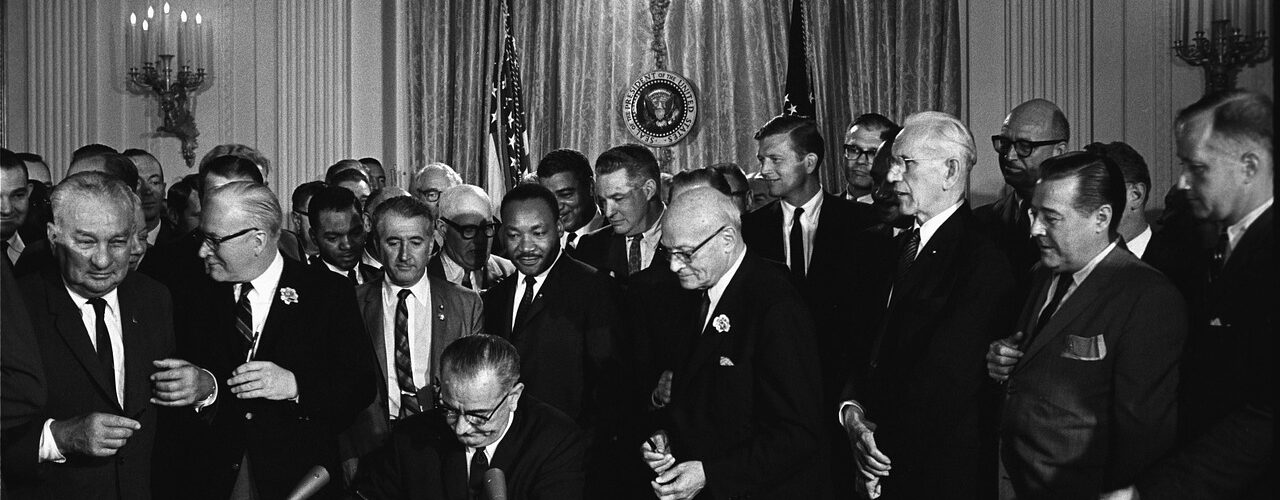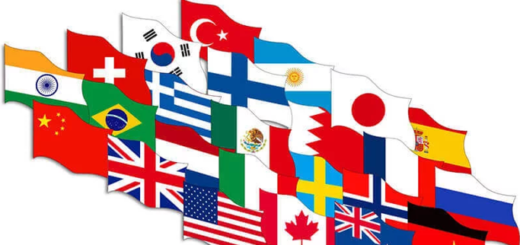Civil Rights Movement in the United States

The Civil Rights Movement in the United States was a social and political movement aimed at ending racial segregation and discrimination against African Americans and promoting their full participation in American society. The movement spanned from the mid-1950s to the late 1960s and had a profound impact on the nation’s legal and social landscape. Here are key points related to the Civil Rights Movement:
Background and Causes
Jim Crow Laws
Jim Crow laws enforced racial segregation in the Southern United States, promoting a system of institutionalized discrimination against African Americans.
Brown v. Board of Education (1954)
The Supreme Court’s landmark decision declared state laws establishing separate public schools for black and white students to be unconstitutional, overturning the “separate but equal” doctrine.
Montgomery Bus Boycott (1955-1956)
Sparked by the arrest of Rosa Parks, African Americans in Montgomery, Alabama, boycotted the city’s buses to protest racial segregation. The boycott led to a Supreme Court ruling declaring bus segregation unconstitutional.
Key Events and Figures
Martin Luther King Jr
A central figure in the Civil Rights Movement, Martin Luther King Jr. advocated for nonviolent civil disobedience and played a key role in organizing protests, marches, and the Southern Christian Leadership Conference (SCLC).
Sit-ins and Freedom Rides
Student-led sit-ins at segregated lunch counters and freedom rides challenging segregated interstate travel were crucial in raising awareness and mobilizing support for the movement.
March on Washington (1963)
The March on Washington for Jobs and Freedom brought together over 200,000 demonstrators, culminating in Martin Luther King Jr.’s famous “I Have a Dream” speech.
Civil Rights Act of 1964
This landmark legislation outlawed discrimination based on race, color, religion, sex, or national origin, and ended segregation in public places and employment practices.
Voting Rights Act of 1965
This legislation aimed to overcome legal barriers at the state and local levels that prevented African Americans from exercising their right to vote as guaranteed by the 15th Amendment.
Challenges and Resistance
Violence and Resistance
The Civil Rights Movement faced significant resistance, including violent attacks, bombings, and intimidation by white supremacists and segregationists.
Integration of Schools
The effort to desegregate public schools, as mandated by the Supreme Court, faced intense opposition in some Southern states, leading to confrontations such as the Little Rock Nine in Arkansas.
Legacy and Impact
Fair Housing Act (1968)
This legislation prohibited discrimination in the sale, rental, and financing of housing based on race, religion, national origin, or sex.
Affirmative Action
Policies aimed at addressing historical and institutional discrimination by providing preferential treatment to marginalized groups, including African Americans.
Black Power Movement
Emerging in the late 1960s, the Black Power movement sought to emphasize racial pride, self-determination, and community empowerment.
Legacy and Continued Struggles
The Civil Rights Movement is considered a major catalyst for subsequent social justice movements, but challenges related to racial inequality and discrimination persist.
The Civil Rights Movement was a pivotal period in American history, leading to significant legislative changes and transforming societal attitudes toward racial equality. However, it also revealed the deep-seated challenges and resistance to achieving true racial justice.








